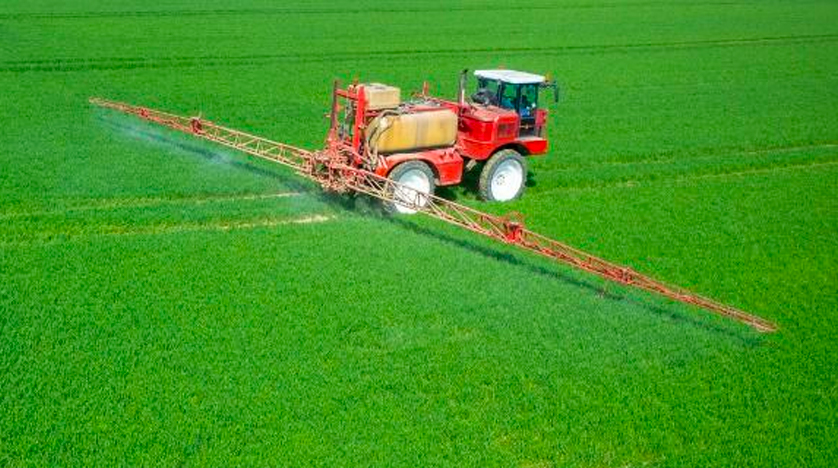
Posted July 27, 2015
Category(s) Industry News

Whether you’re a farmer by trade or a homeowner on a mission to win “Best Lawn of the Year”, the overall health of your property’s soil is a top priority. Unless the earth is in good shape in, the grass will always be greener on the other side and the other fields’ harvests will always be more fruitful and abundant. But what is it that makes for healthy soil conditions exactly, how can you be sure if yours is up to par and what can you do to remedy any issues? If you’re not sure, you’re not alone.
The experts at Braen Stone encounter customers on a daily basis who, like yourself, may need some sound information and advice on proper soil conditions. Because this is such a common concern, we’ve decided to dedicate this entire posting to exploring the underlying causes of unhealthy soil, the materials that can be used to improve growing conditions and an objective look at whether you should be using aglime or pelletized lime to meet your needs.
In order to understand what causes poor soil health, you first need to have a working knowledge of what plants require in order to grow and thrive. Obviously, sunlight, water and dirt are all necessary, but what is it about soil that makes it so important? First, the earth needs to be rich with the nutrients that plants demand for vitality.
Secondly, the soil’s pH levels need to be ideal for the specific plants or crops being grown. Soil pH influences soil bacteria, nutrient availability and leaching, any toxic elements within the ground and the overall structure of the soil. Although different plants depend on varying pH levels, it is generally accepted that nutrient availability peaks in soils with a pH range of 5.5 to 6.5.
Problems with soil health arise when nutrients are not readily available or when the soil’s pH levels are too low (meaning that it is too acidic). Consider the fact that nutrients are leached more rapidly out of soil with a pH of less than 5.0. This means that those nutrients are being lost instead of absorbed by the plant’s roots. How does soil become acidic, though? Exposure to acidic rain can be a factor, as well as the use of some fertilizers. Typically, though, soil will grow acidic after years of planting and growing cycles.
Determining whether your soil is suffering from poor health as the result of high acidity is fast and simple. You’ll find that there are a number of different soil pH testing kits available on the market, all of which are user friendly and will give you an exact readout on your soil’s pH levels. It’s smart to consult an expert after testing so that you can discuss the pH needs for the specific types of plants that you plan on growing so that you can ensure that you don’t take measures to adjust the pH balance in ways that will negatively impact plant health.
The two most common materials that people choose for restoring balance to soil pH are:
There are benefits associated with both aglime and pelletized lime:
When choosing between agricultural lime vs pelletized lime there are several considerations you should make for each:
Braen Stone is the most trusted name in liming materials throughout NJ and its surrounding areas. We’ve been in the business of manufacturing the highest quality landscaping and construction materials for more than 110 years and take pride in a job well done. Our lime is harvested, pulverized and manufactured on-site via our locally owned and operated quarries.
This enables us to maintain total control over the materials processing so that you can rest assured that you’ll be enjoying a consistently superior product that will restore your soil to health. Our team of experts is able to work with you to break down the difference between agricultural lime vs pelletized lime so that you can make the best decision for your specific needs. Our liming materials are available at wholesale prices for pickup or bulk delivery throughout NJ, NY, PA and CT.
VIBRATION CONCERNS SUPPORT NUMBER
973-720-7094
Thank you! Your form was submitted successfully.
There has been an error submitting your form.